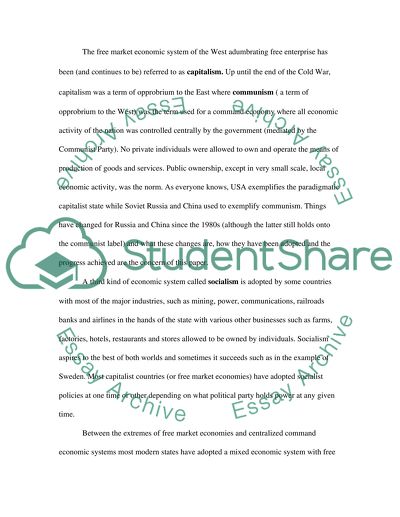Cite this document
(“Comparative economic systems Essay Example | Topics and Well Written Essays - 2500 words”, n.d.)
Retrieved from https://studentshare.org/miscellaneous/1540212-comparative-economic-systems
Retrieved from https://studentshare.org/miscellaneous/1540212-comparative-economic-systems
(Comparative Economic Systems Essay Example | Topics and Well Written Essays - 2500 Words)
https://studentshare.org/miscellaneous/1540212-comparative-economic-systems.
https://studentshare.org/miscellaneous/1540212-comparative-economic-systems.
“Comparative Economic Systems Essay Example | Topics and Well Written Essays - 2500 Words”, n.d. https://studentshare.org/miscellaneous/1540212-comparative-economic-systems.


